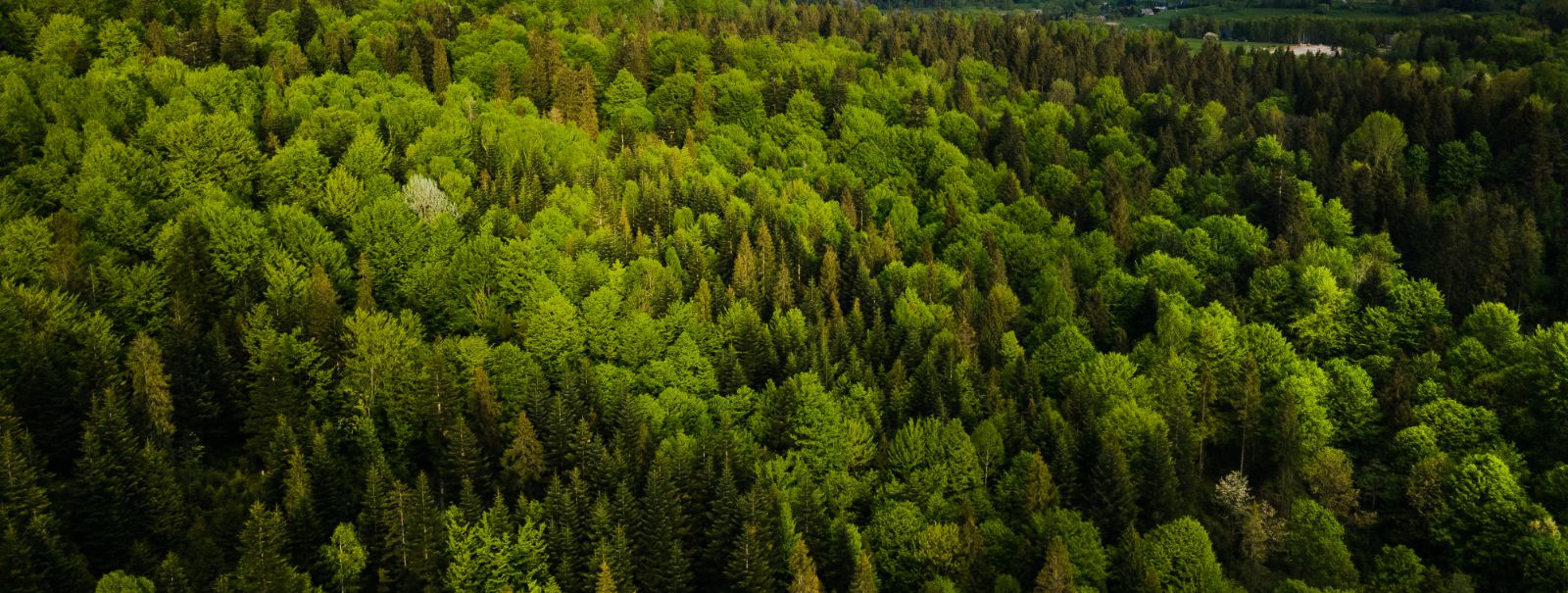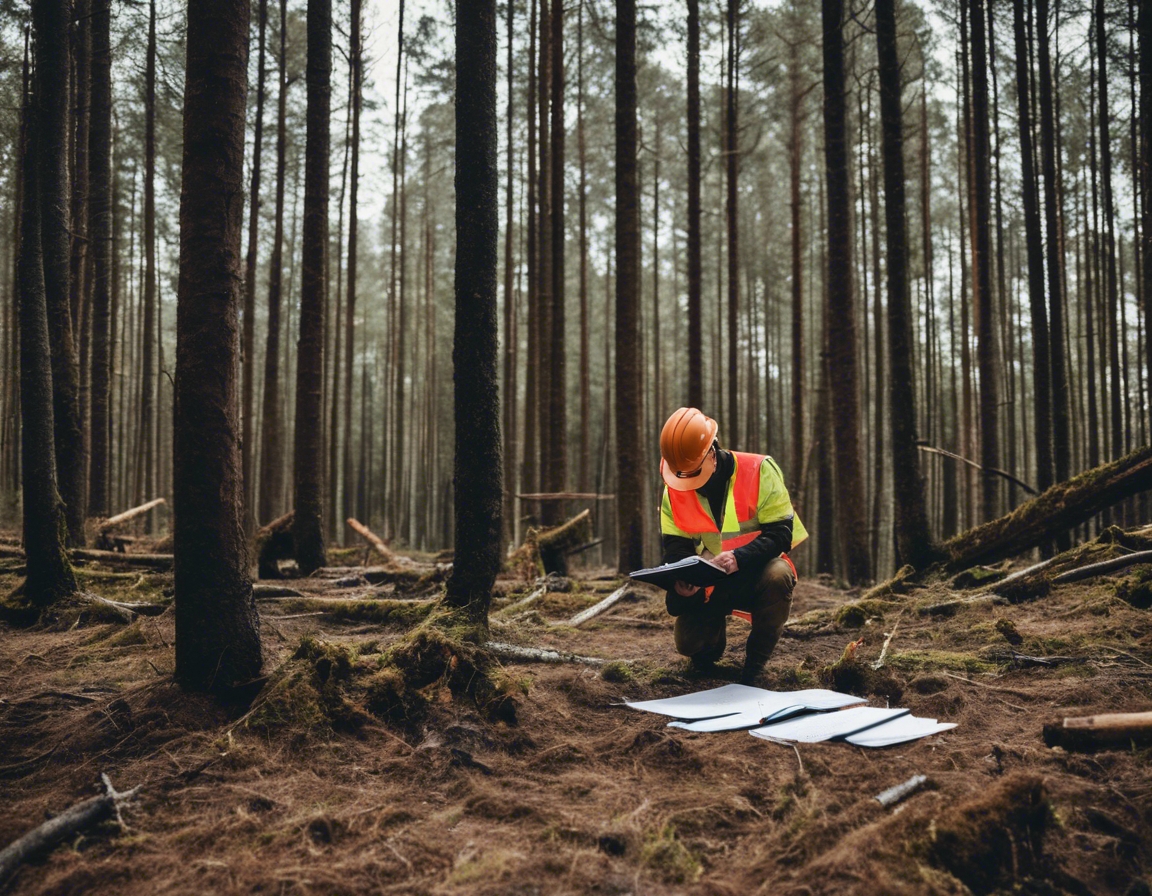5 ways sustainable forestry benefits the planet
Sustainable forestry is a management philosophy that balances environmental conservation, social responsibility, and economic viability. It's about meeting our current needs for forest products without compromising the health of these ecosystems for future generations. In this post, we'll explore five key ways in which sustainable forestry practices benefit our planet.
1. Conservation of Biodiversity
Sustainable forestry practices are designed to protect the habitats of countless species. By maintaining forests that are diverse in age, structure, and species composition, these practices help to ensure that wildlife can thrive.
Genetic diversity within forest ecosystems is crucial for resilience to diseases, pests, and changing climate conditions. Sustainable forestry encourages the growth of a variety of species, which helps to preserve this genetic diversity.
2. Mitigation of Climate Change
Forests play a critical role in capturing carbon dioxide from the atmosphere and storing it in biomass and soil. Sustainable forestry practices enhance this natural carbon sequestration process, helping to mitigate the effects of climate change.
By avoiding deforestation and reducing the need for energy-intensive materials, sustainable forestry can significantly lower carbon emissions. Responsible management ensures that forest resources are used efficiently and sustainably.
3. Protection of Water Resources
Forests are vital for preventing soil erosion, which can lead to water pollution. Sustainable forestry practices, such as controlled logging and maintaining vegetation cover, help to stabilize soil and protect waterways.
By preserving forest cover and preventing excessive runoff, sustainable forestry helps to maintain the quality of our water resources, which is essential for both human consumption and aquatic ecosystems.
4. Supporting Sustainable Livelihoods and Local Economies
Sustainable forestry supports the creation of green jobs, from forest management to eco-tourism. These jobs not only help to sustain local economies but also promote environmental stewardship.
By adhering to certification schemes and responsible trade practices, sustainable forestry operations can ensure that the products reaching the market are sourced in an environmentally friendly manner, thus supporting global sustainability efforts.
5. Promoting Long-term Resource Management
Responsible harvesting techniques, such as selective cutting and shelterwood logging, ensure that forests can regenerate naturally, maintaining their ecological functions and productivity over the long term.
Through careful planning and management, sustainable forestry practices ensure that forests are not only harvested responsibly but are also given the opportunity to regenerate, maintaining their health and vitality for generations to come.






Comments (0)